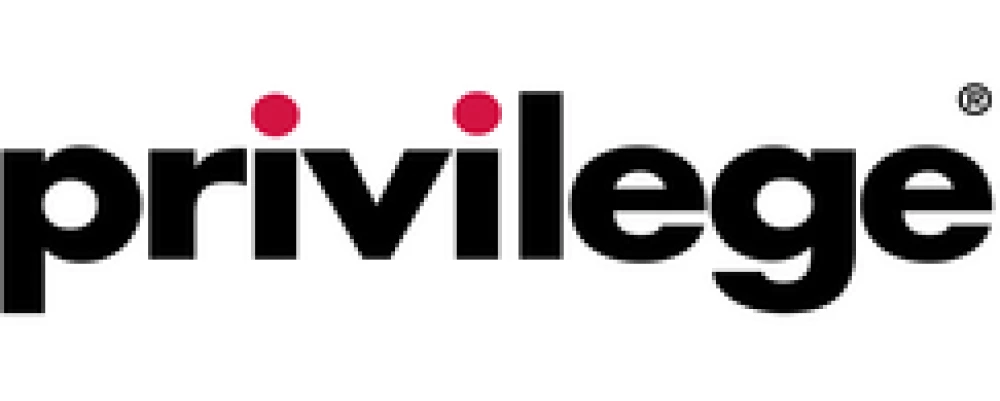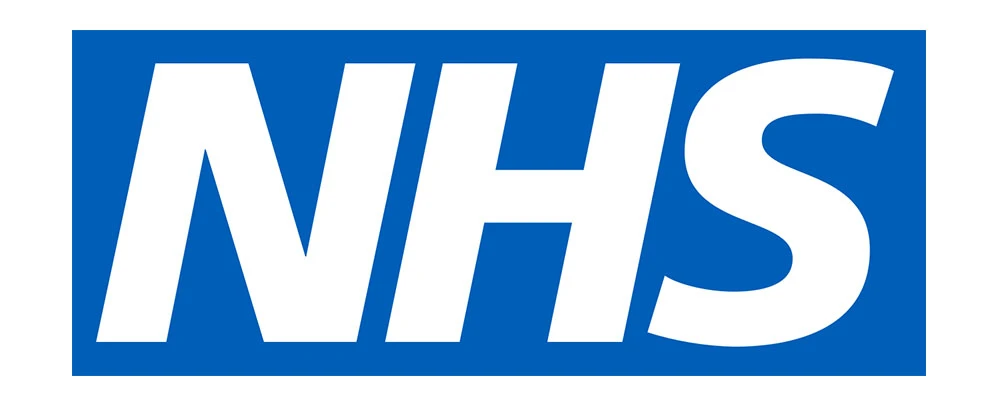Table of Contents
After many years of delivering brand trackers – and hearing firsthand the most crucial questions – So what? and What now?; Brandspeak landed on two fundamental (and yet obvious) insights into brand tracking:
- Somewhere along the line, brand trackers lost sight of the commercial imperative and, in so doing, lost the attention of the C-suite
- ‘Brand’ is just one of several customer touchpoints that impact on commercial success. Focusing on this alone will never be enough to understand what’s really happening and what to do to improve commercial performance
GrowthTrack is designed to address these shortcomings, built on these four principles:
- Buyer behaviours sit at the heart of our thinking, exploration, and analysis
- We need to track more than just ‘brand’ measures
- ‘So what?’ can only be answered by knowing how all the measures are impacting on commercial performance – yours and your competitors
- ‘What now?’ can only be answered by having knowledge of what needs to change to strengthen commercial performance
The six rings of GrowthTrack
They say a picture paints a thousand words. The essence of GrowthTrack is best captured as six concentric circles.
![]()
In the centre ring, sits the Buyer-Behaviour Dynamics that reflect your standing in the category; the proportion of buyers you’re holding onto, the proportion you’re winning over, and the proportion you’re losing to the competition.
Hint: we also look at your competitors through the same lens
Wrapped around this nucleus of buyer activity, sit another four rings that all have equal importance:
- Brand experience
- Comms
- Brand
- Buyer characteristics
The sixth and final ring is ‘strategy’ as in your strategy. Whether that be comms, brand, channel, or targeting strategy. This reminds us to consider the findings in the context of your strategic goals.
A flexible framework
This is not a rigid ‘black box’ model. It’s a flexible framework that offers us the ability to tailor the metrics and touchpoints we capture within each of the rings. We’ll develop these with you to ensure they’re fit for your purpose.
Here are some typical measures in each of the rings:
- Brand experience; by channel, by touchpoint, by customer journey stage
- Comms; recall, cut-through, message take-out, brand-fit, likeability
- Brand; mental availability (a more relevant version of brand awareness), brand consideration, preference, Category Entry Points (CEPs), associations, distinctiveness
Buyer characteristics; demographics, attitudinal segments, purchase needstates and occasions
‘Mental Availability’ – A better measure than traditional brand awareness
The standard prompted brand awareness question would be something like; “which of these [soft drinks] brands are you aware of?”.
Asking this question will capture levels of recall of the brand name but, to be honest, leave you with a big ‘So what?’
But if we reframe the question and ask, “Imagine you’re thinking about buying a [soft drink], which of these brands comes to mind?”, then we’re getting closer to understanding which brands are really in the running in a buying situation.
Category Entry Points (CEPs)
Credit to Byron Sharp and Jenni Romaniuk of the Ehrenberg Bass Institute.
It’s been a tradition for many years that brand trackers include brand associations/perceptions such as ‘for people like me’ or ‘modern’ or ‘provides good quality after-care’.
Although these are interesting, they aren’t very useful when it comes to knowing what they mean for your business or what you should do about them.
Fortunately, a lot of work has been done by the Ehrenberg Bass Institute which identified and developed the concept of Category Entry Points (CEPs), the needs/prompts/contexts that encourage someone into make a purchase within a category.
The principle being that the more CEPs your brand is associated with, the more likely your brand is to be chosen (over competitors) in a buying situation. We wholeheartedly agree with their importance and have focused GrowthTrack’s approach to capture how well your brand aligns to CEPs..
Answering the ‘So what?’ question
GrowthTrack joins the dots between the different dimensions (experience, comms, brand, buyer characteristics) and the buyer behaviour dynamics. In short, it identifies the driving forces and influences behind those behaviours. For example:
- What’s happening to stop ‘Switch-outs’ buying from you? Is it that your comms don’t cut through? Does your brand not align with the main, Category Entry Points? Is it not aligned with the right purchase occasions?
We answer these questions using advanced statistical analysis tools. And by understanding which dimensions are impacting your buyer dynamics (good or bad), it enables you to better understand what you should do to increase your advantage or defend your position.
Answering the ‘What now?’ question
‘What now?’ is really asking ‘Where should we focus our efforts for the best return?’ Using the same example from above, should we perhaps:
- Develop a new comms campaign with clearer messaging?
- Alter our messaging to improve alignment with CEPs? or
- Target a different segment with a better purchase-occasion fit?
The same statistical tools are then put to even better use to create a ‘What-if Predictor Model’. In simple terms it allows us (and you) to scenario-test different activities to determine the best return. For example:
- gaining alignment with an additional 3 x CEPS will decrease Switch-outs by 5% … whereas
- Developing a new comms campaign with clearer messaging will decrease Switch-outs by 2%
Armed with this powerful ‘What-if Predictor Model’ the ‘what now?’ becomes clear. A question that can be answered with confidence and an understanding of why.
Who is GrowthTrack for?
GrowthTrack is for:
- Online, offline, and hybrid businesses.
- Consumer and B2B markets.
- Established and challenger brands.
Whether you manage one brand or a whole portfolio, GrowthTrack will help you get, and stay, ahead of your competitors.
Move beyond ‘brand’ tracking
If you want tracking with commercial relevance and a path to action, GrowthTrack is built for you.
Let’s talk about what it could do for your business success.









